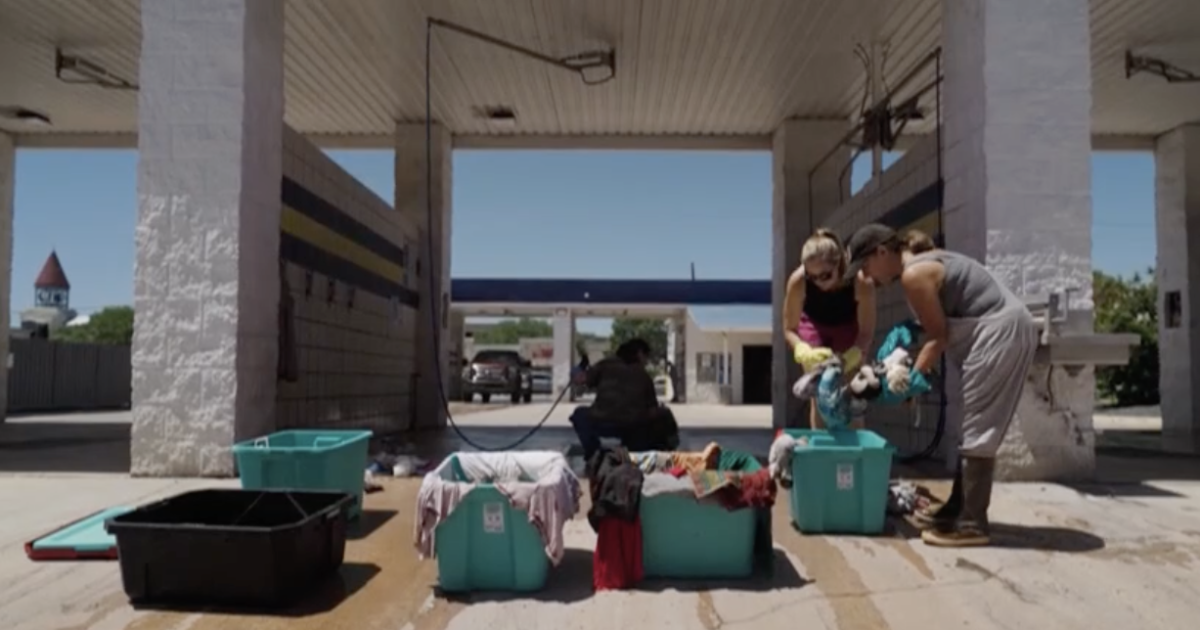Along the winding course of the Guadalupe River in Texas, a profound human drama is unfolding, far removed from the immediate chaos of a natural disaster. Here, a dedicated cadre of volunteers is undertaking the deeply personal and painstaking mission of recovering and returning the myriad fragments of lives swept away by recent floods. This collective effort transcends mere cleanup, becoming a testament to community resilience and the enduring power of human connection in the face of widespread devastation.
What began as a spontaneous online gathering on Facebook in the immediate aftermath of the devastating flood has burgeoned into a robust, nationwide network. This digital assembly now encompasses nearly 50,000 individuals, connecting people from across the country who are united by a common purpose: to assist in the healing and restoration of the affected Texas communities. This remarkable growth underscores the widespread desire to contribute to disaster aftermath recovery.
At the heart of this volunteer movement is a profound understanding of what these lost belongings represent. For many flood victims, these are not simply objects, but tangible anchors to a past, to a sense of normalcy, or as described by Persyn, the founder of “Found on the Guadalupe River,” pieces of “before.” These items embody memories of everyday life, family gatherings, and the routines that defined their existence prior to the catastrophic event.
The practical operations are as meticulous as they are moving. Found items are transported to an unconventional recovery hub—a local car wash. Here, between the rhythmic cycles of power-washing, volunteers meticulously comb through a constant stream of hundreds of photos, comments, and connections on their Facebook feed. This digital detective work is crucial for matching recovered items with their rightful owners, bridging the gap between loss and recovery.
Beyond the crucial task of cleaning debris from these cherished possessions, a more emotionally charged phase of the work unfolds within an old building on the outskirts of town. This space serves as a poignant repository where the emotional weight of loss meets the glimmer of hope. Here, volunteers engage in the delicate process of reuniting items, witnessing firsthand the profound impact of returning a tangible piece of someone’s history.
The volunteers are driven by a deep-seated connection to their Texas Hill Country home and its iconic river. Persyn articulates this sentiment, emphasizing the inherent bond Texans share with the Guadalupe River. This intrinsic connection fuels their tireless efforts, compelling them to step forward and facilitate these poignant reunions, recognizing that helping neighbors recover these fragments of life is a vital act of solidarity.
Ultimately, the act of returning to the river, acknowledging the profound disruption it caused, and honoring the scattered remnants left behind is perceived as a critical step in the community’s collective healing process. By validating these lost pieces, the volunteers are not just restoring property; they are restoring a sense of completeness, closure, and dignity to individuals grappling with the trauma of the flood. This volunteer effort epitomizes a pathway to emotional recovery.
This grassroots initiative demonstrates how, even in the wake of immense destruction, human compassion and organized volunteer efforts can forge pathways to recovery that extend beyond physical rebuilding. It highlights the often-overlooked emotional and psychological dimensions of disaster aftermath, proving that the most powerful healing can emerge from the selfless actions of a united community.






Leave a Reply